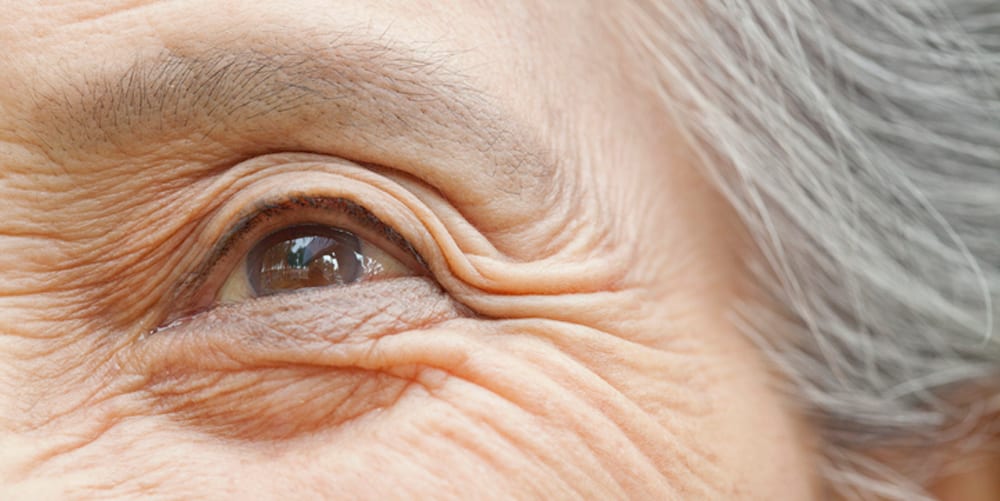What is glaucoma?
Glaucoma is a condition that causes damage to the eye’s optic nerve. Usually this is due to a build-up of fluid pressure inside the eye but for some people, the eye becomes sensitive to normal pressure levels. Glaucoma is New Zealand’s leading preventable cause of blindness as it can cause permanent loss of sight before any physical symptoms are even noticed.
How often should we be getting eye health checks?
We can’t emphasise the value of regular eye health checks enough, particularly if you are in your 40s. Glaucoma New Zealand recommends that everyone has a glaucoma examination by the age of 45, then every 5 years until age 60, and three-yearly after that.
How important is it to get these regular eye checks?
Glaucoma is a progressive condition that has no obvious symptoms until it is very advanced. Whilst it cannot be cured, it can be controlled and given that the sight loss caused from glaucoma is irreversible, early detection and treatment of glaucoma is incredibly important.
What is involved in the checks?
As part of a regular eye exam, your optometrist will carry out some common tests to check for glaucoma. This includes eye pressure and peripheral vision tests, and assessment of the optic nerve.
How can glaucoma be controlled?
The only clinically proven treatment for glaucoma is to lower eye pressure. For most patients, who have an “open-angle” glaucoma, eye drops and laser therapy have up until recently been the main treatment options. Surgery has been reserved for patients where eye drops are ineffective or not tolerable, due to the risks associated with traditional procedures.
The good news is that game changing technology has recently arrived into New Zealand, by way of tiny stents collectively known as MIGS (Minimally Invasive Glaucoma Surgery) devices. For some patients, these devices reduce the need to be reliant on regular eyedrops, and bypasses any side effects these may cause.
One of these, the Glaukos iStent inject Trabecular Micro-Pass System is the smallest medical device known to be implanted into the human body, measuring less than 1mm it’s almost the size of a piece of dust. It is a safe and effective way to reduce eye pressure to either stabilise a patient’s glaucoma or reduce their need for long-term eyedrops, and in some cases has far exceeded my expectations.
Your ophthalmologist will be able to advise the most suitable treatment option when it comes to controlling glaucoma, and it may be worth talking to your insurance provider to see what treatments they cover.
Remember, early detection is key.







